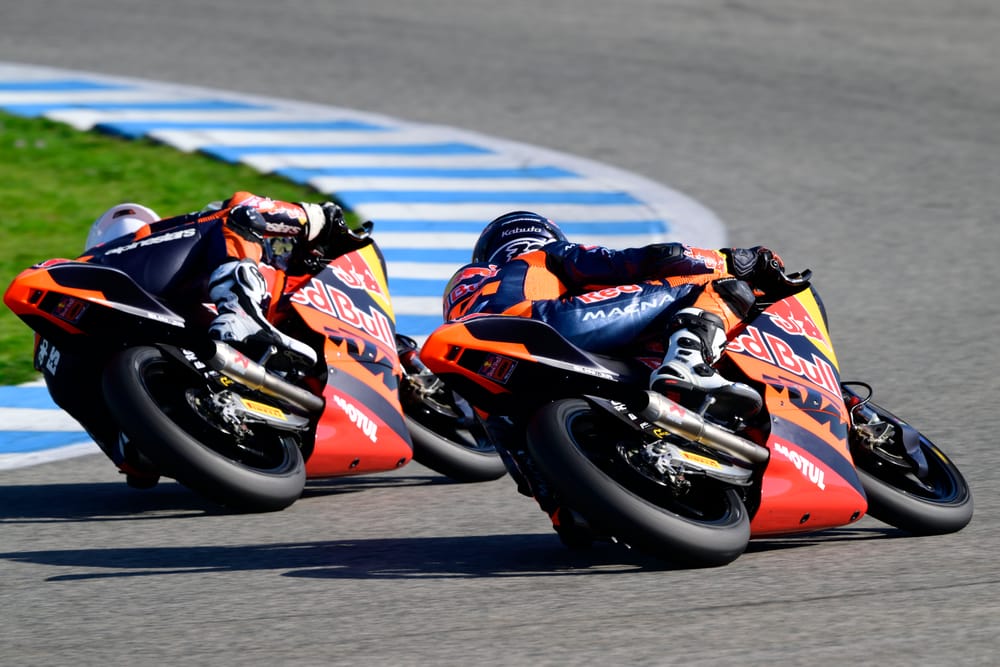Under the current formula, Moto3 has both proven one of the most consistently entertaining racing series in the world and a credible incubator of MotoGP talent - yet the series is set to undergo a major transformation.
The Race reported in January that, in what would be an unprecedented move for the lightweight class in grand prix racing and its history spanning to 125cc, Moto3 is being envisaged as a single-make series.
KTM motorsport director Pit Beirer recently confirmed this in an address to the media, although he insisted that the change would come "earliest '27, maybe '28" and that it was still "nowhere near decided".
But Beirer also made it abundantly clear that, one way or another, Moto3 would be undergoing a radical transformation.
This is also due to come with an increase in engine capacity in order to make the racing more spread out and thus eliminate the biggest risk factor: riders crashing in the pack and being hit by someone.
KTM and Honda have been the two defining manufacturers of the Moto3 era, monopolising the championship battles with the Honda NSF250RW and the KTM RC250GP (often badged to represent one of KTM's sister brands instead).
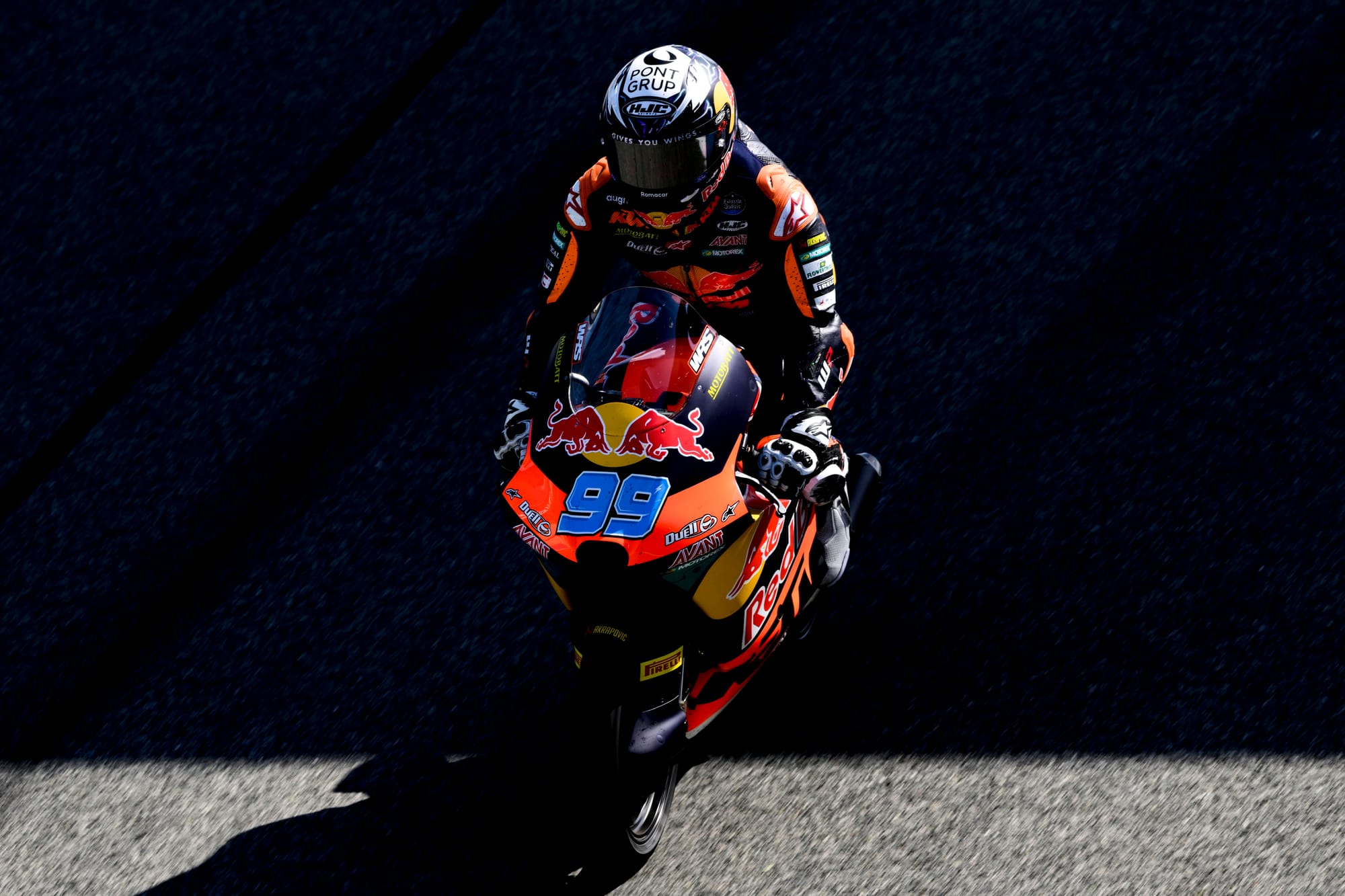
KTM, which is currently in self-administration due to enormous financial problems and is gearing up for a crucial creditor vote on February 25, has already committed to scaling down its Moto3 efforts in the immediate future - but Beirer insisted that, if the company's future is secured and its restructuring plan is approved, a continuation in Moto3 is very much in KTM's interest, even if that's as supplier for a single-make series.
In its current form, however, he indicated that it is not quite for purpose for either KTM or Honda given the current expenditure levels.
Hear our guide to the 2025 Moto3 and Moto2 seasons in a special episode of The Race MotoGP Podcast available exclusively through The Race Members' Club on Patreon - sign up now and get 90% off your first month
Why it'll have to change
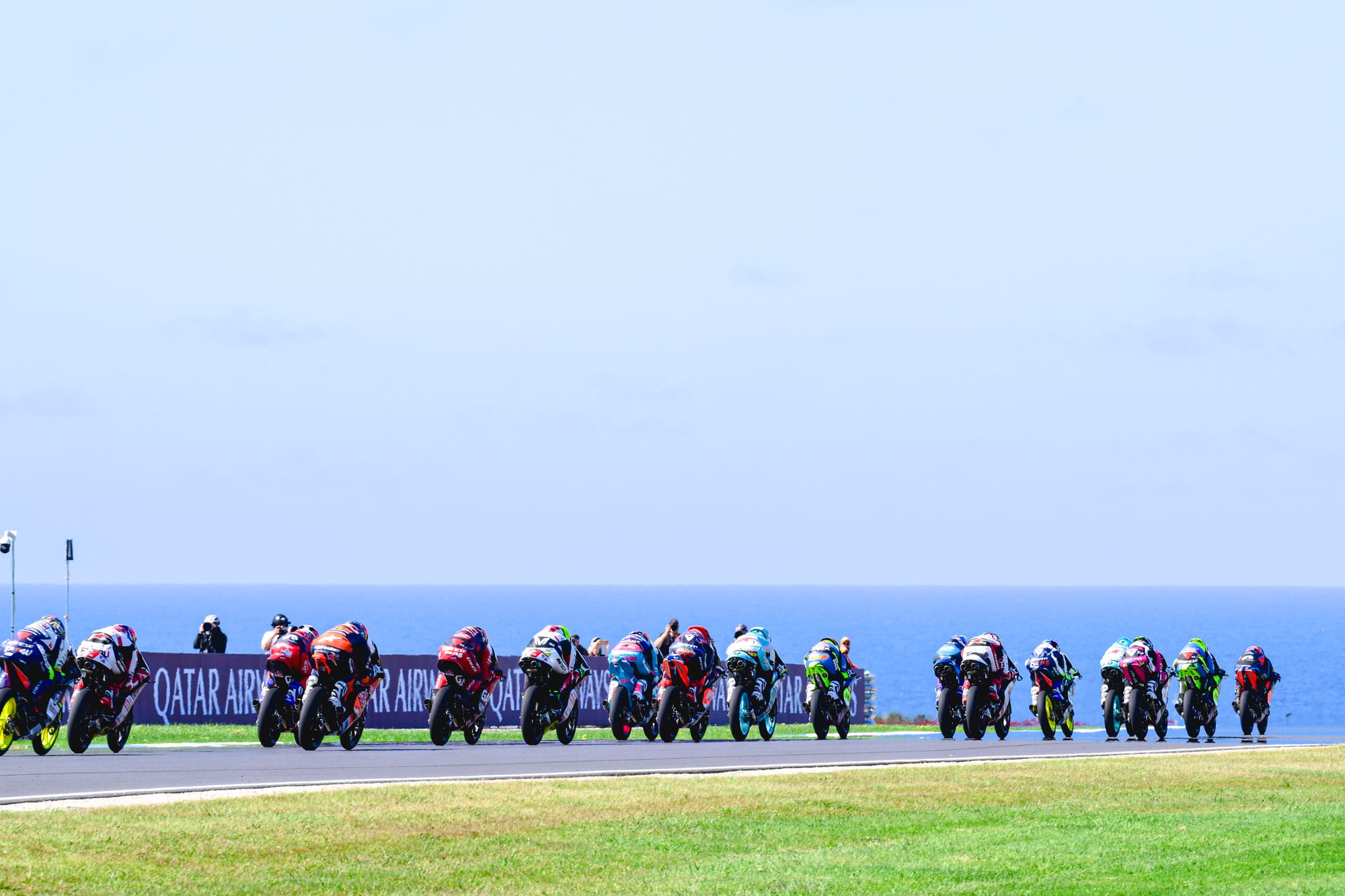
"The truth is that the battle between us and Honda cost a lot of money," explained Beirer.
"So maybe that's why also [there's plans] to stop us from this battle - because I think the principal idea from [series promoter] Dorna many, many years ago was that 'they're all going to show up with a 250cc motocross engine and going to build a chassis around it'. And then of course the engine costs would be really, really down.
"We made these first tests [with a motocross engine], but, yeah...you hear what the other guys are doing and you knew from the beginning you needed a 250cc road racing engine. And that's what we did.
"And the costs - we get the money for the engine package, there's a limit what we can charge to the teams [€85,000 for a complete chassis and €60,000 for their six-engine season package] and I can promise you, not on our side, not on Honda's, can we nearly cover the costs of the engine development and the engine cost."
Beirer also pointed out that the very aspect that helps Moto3 put on a good show every weekend - equipment parity - is a further driver of costs when there's intra-manufacturer competition.
"The regulations are tough - so, every customer you need to give the same engine than the rider you have under [factory] contract, or the premium guy who should win the championship.
"The good part is it made incredible racing, so a factory bike is not better anymore than the customer bike, it's exactly the same, all the engines go to a pool and with a lottery you get your engine.
"But then Honda wanted to win, we wanted to win...we lost a year, we invested in the engine, we won a championship, Honda invested in the engine...so...it's a super, super nice race engine but it's just too expensive."
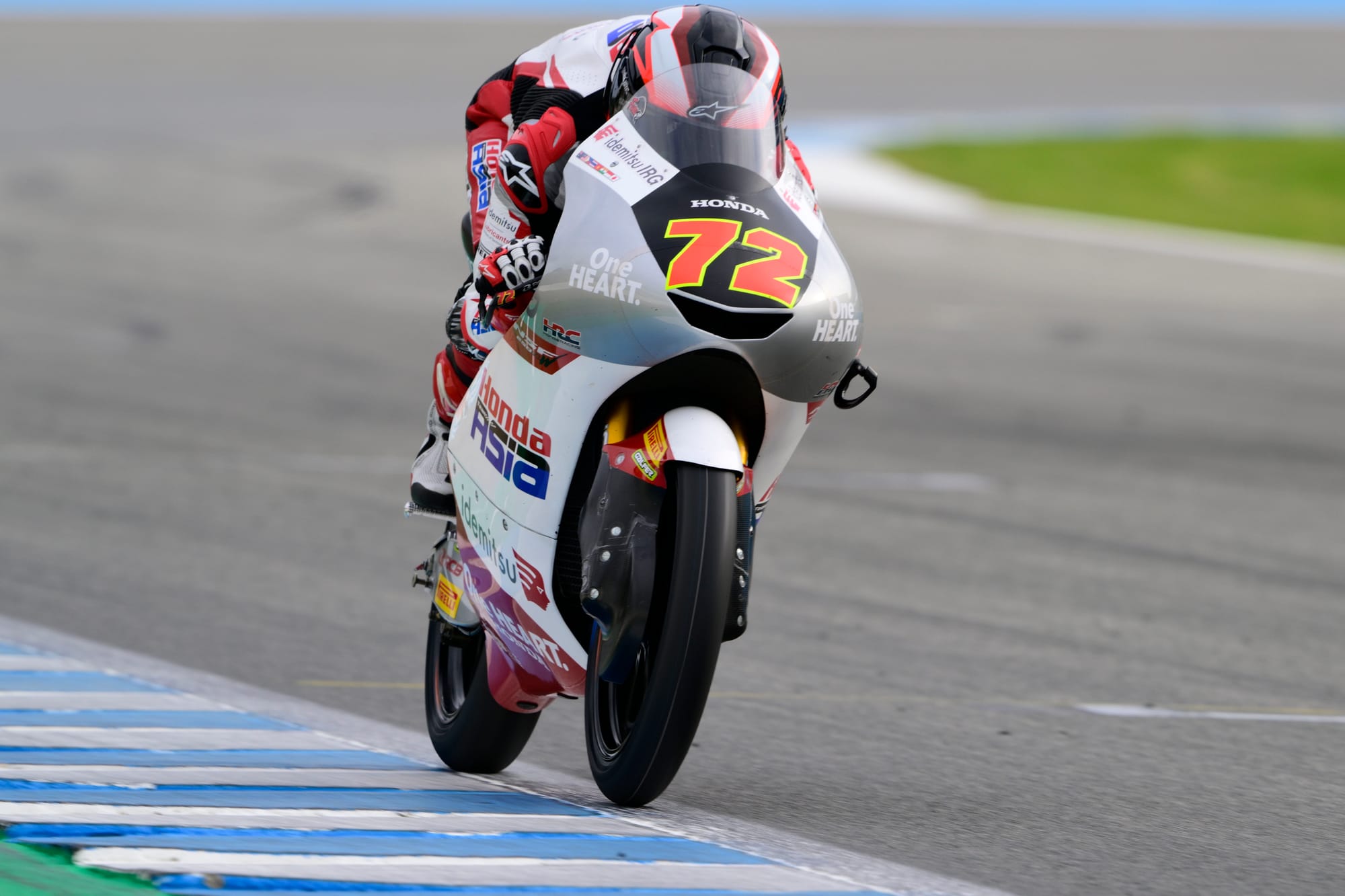
While Moto3's predecessor 125cc could be an ecosystem by itself in the past, an end goal for some riders and a source of great prestige, in the Moto3 era it's first and foremost positioned as a talent pipeline to MotoGP.
It is unthinkable, and has been for quite a while, for a champion rider to concentrate fully on Moto3 the way the likes of future MotoGP team bosses Fausto Gresini and Jorge 'Aspar' Martinez did in the 1980s with the lightweight classes.
"At the end you want to develop young riders for our sport and give them the next step after the Rookies Cup, and that's why - either by regulation - they need to stop us from this crazy development, or you make a single manufacturer," underlined Beirer.
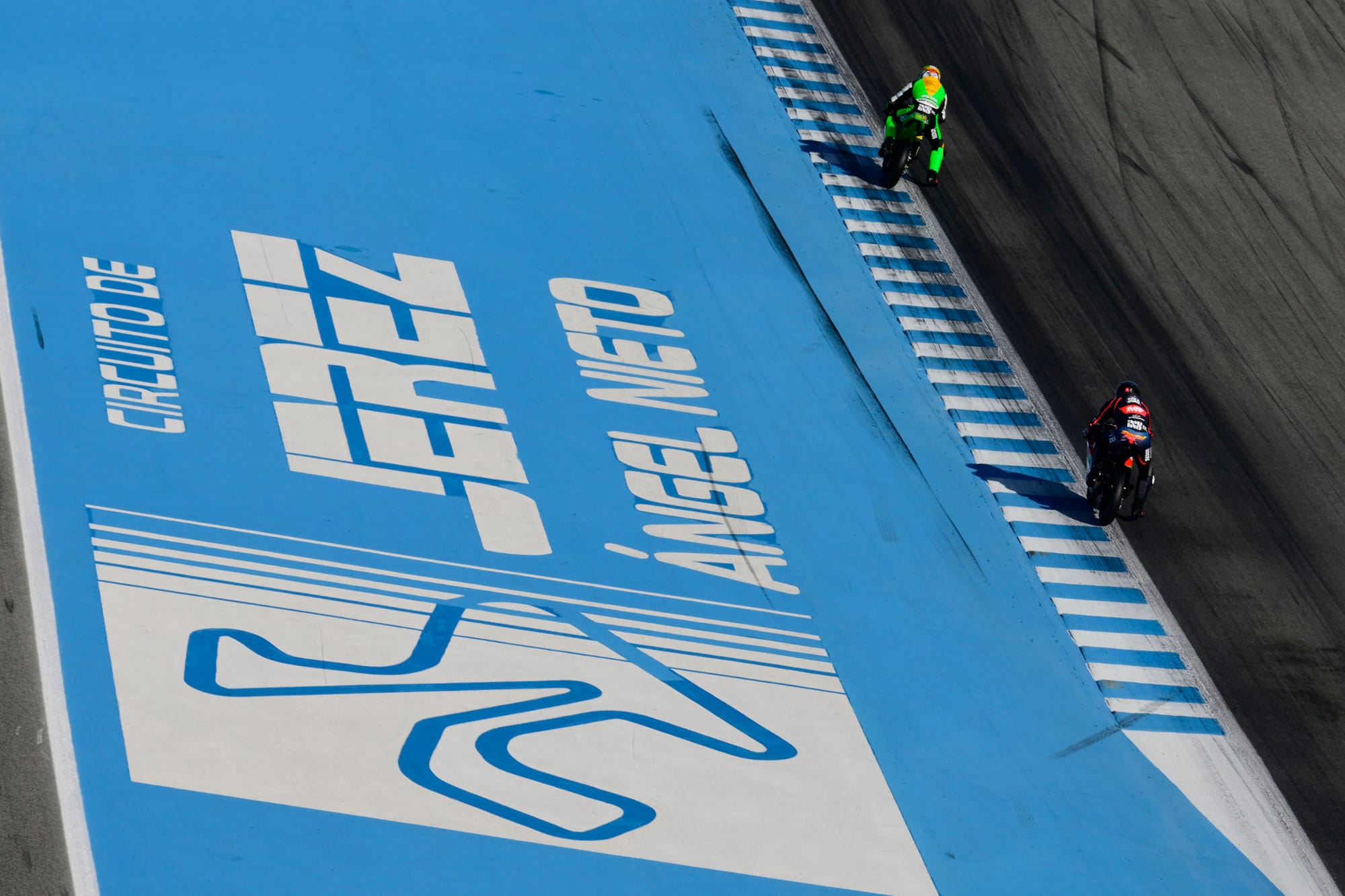
"From a cost-efficiency point it would be just smart to do that.
"But then I still hope that we're the guys to run the class. And then of course you come to a normal cost structure, and I think nobody cares if these boys go half a second faster or slower.
"If they have all the same machine - in these categories, in the Rookies Cup, in Moto3, in Moto2, we all in the paddock want to see who is the best talent to really make it into the major classes.
"So, yeah, nobody's interested maybe even in this kind of fight [between manufacturers]...costs are too high for this class."

